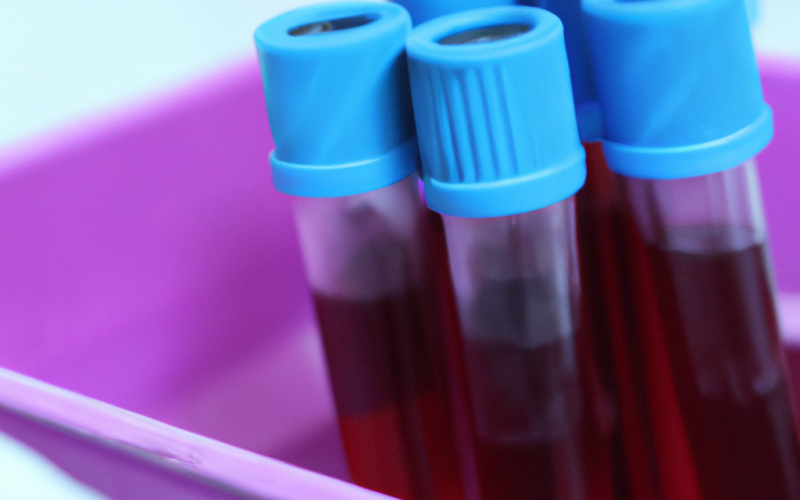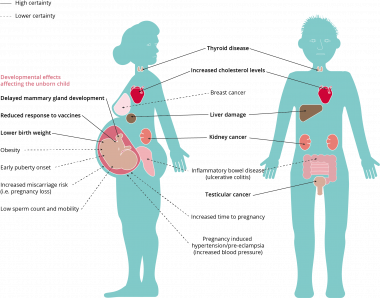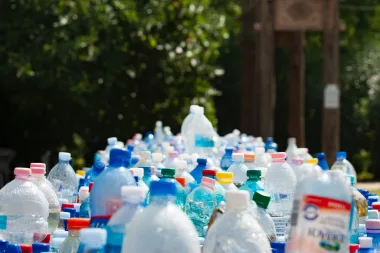Last Updated on January 30, 2024 by Ecologica Life
New research by a group of scientists in the Netherlands, published in Environment International, has found microplastic plastic particles in high quanitites in human blood.
In this study, scientists analysed blood samples from 22 healthy adults and found plastic particles in 17 of them. One third of the samples contained polystyrene, which is used to package food and other products, while PET plastic, which is commonly found in beverage bottles, was found in half of the samples. A quarter of the blood samples contained polyethylene, which is used to make plastic bags.
Although the study group analysed is too small to generalise about the global population, the experts concern is now focused on how some small airborne microplastic particles can penetrate deep into the human body, something that larger microplastics cannot do.
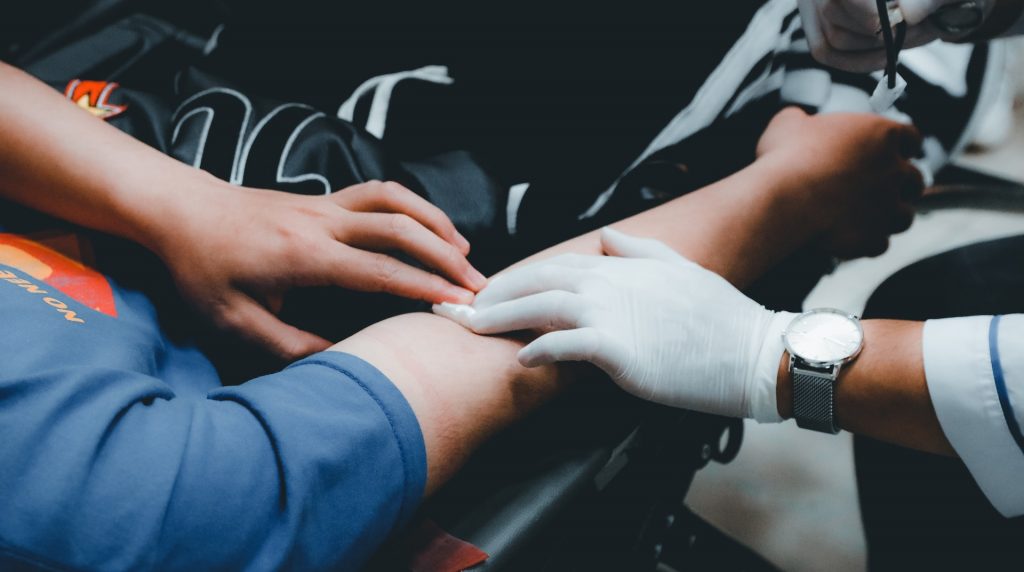
Why has plastic in been found blood?
The presence of microplastics in the blood is the consequence of consuming plastic. A lot of the plastic we use ends up in landfills or as litter, where it breaks down into small particles. These particles can be breathed in or ingested, which can be harmful to our health.
Is the presence of microplastics in the blood a cause for concern?
“Our study is the first indication that we have polymer particles in the blood,” said study author Professor Dick Vethaak, an ecotoxicologist at Vrije University Amsterdam in the Netherlands. “But we have to extend the research and increase the sample sizes, the amount of polymers tested, etc.” Further studies are already underway by several groups, he has pointed out.
“It’s logical to be concerned. The particles are there and they are carried throughout the body,” Vethaak told the Guardian. “We also know that, in general, babies and young children are more vulnerable to exposure to chemicals and particles,” he said. “I’m very concerned about that.
New methods for detecting and analyzing particles as small as 0.0007 mm have been adapted in the new study. Two or three different kinds of plastic were present in some of the blood samples.
How did they get into the blood?
As previous studies have shown, there are several potential exposure routes by which microplastics ‘sneak’ into the body.
Such as mucous membranes, either by ingestion or inhalation: “Inhaled ultrafine plastic particles can be absorbed and accumulate in the lungs, while most larger particles are expected to be coughed up and eventually swallowed. They would then have a second chance of absorption through the intestinal epithelium,” the study details.
In 2015 alone, more than 7 billion tonnes of plastic waste were generated globally
The most common plastics
Polyethylene terephthalate (PET), polyethylene and styrene polymers were the most common types of plastic found in the blood samples, followed by polymethylmethacrylate; polypropylene was also tested, but the concentrations were too low for accurate measurement.
The next step is to find out how easily these particles can pass from the bloodstream into tissues, for example in organs such as the brain.
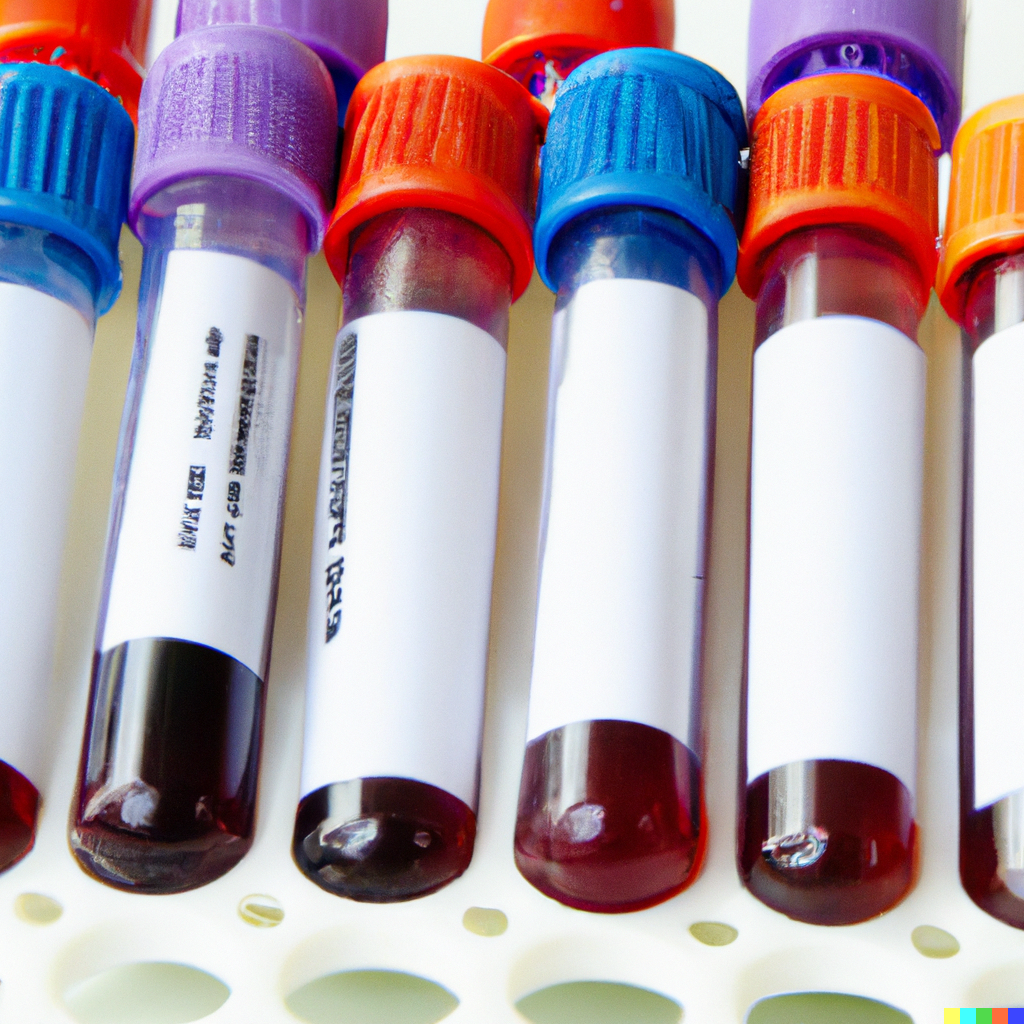
And what plastic in the blood mean for human health?
Scientists are still trying to determine the effect of ingesting these tiny particles, but it is clear that the problem is growing and animal studies hint at some seriously worrying effects. We have seen the detrimental impacts on marine creatures, with microplastics found to cause aneurysms in fish and cognitive impairment in hermit crabs.
The time of the particles in the bloodstream is unknown. Also the fate of the particles in the body is unknown. The authors point out that a human health risk assessment for plastic particle contamination is currently not possible due to a lack of data on toxicological hazard and exposure. However, they hope that their study will provide data for a better understanding of plastic substances on human health and the associated health hazards.
Measures to avoid microplastic pollution
The UN proposed 20 measures in 2019 that could help reduce plastic and microplastic pollution and they are as follows:
Use biodegradable toothbrushes.
Use natural fibre dental floss.
Avoid using Teflon-coated non-stick frying pans.
Avoid using disposable plastic razors.
Use hair products that do not contain plastic ingredients.
Use cosmetic and personal care products that do not contain microparticles.
Use cotton, organic cotton or hemp fibre towels.
If you fish, don’t forget to pick up nylon nets, nylon threads and hooks.
Avoid balloons at parties and celebrations.
Do not use glitter.
Carry a reusable bottle with you.
Keep a few reusable bags at home, at work and in your backpack.
Use a reusable mug for coffee or tea.
Carry your lunch in reusable containers.
Carry your own cutlery so you don’t buy single-use.
Opt for natural fabrics and textiles and reduce the amount of synthetic fabric clothing.
Use less aggressive cleaning products and detergents.
Recycle the plastic you use.
Do not throw waste on the streets.
Be proactive and take our own responsibility. Reducing plastic pollution requires a great deal of involvement from governments and businesses, but as individuals, we can do our part.
References https://www.sciencedirect.com/science/article/pii/S0160412022001258 https://www.unep.org/es/noticias-y-reportajes/comunicado-de-prensa/informe-de-la-onu-sobre-contaminacion-por-plasticos What are your thoughts on this article? Do you have any ideas for other topics we should be covering? Leave us a suggestion, we appreciate all the feedback we get!
